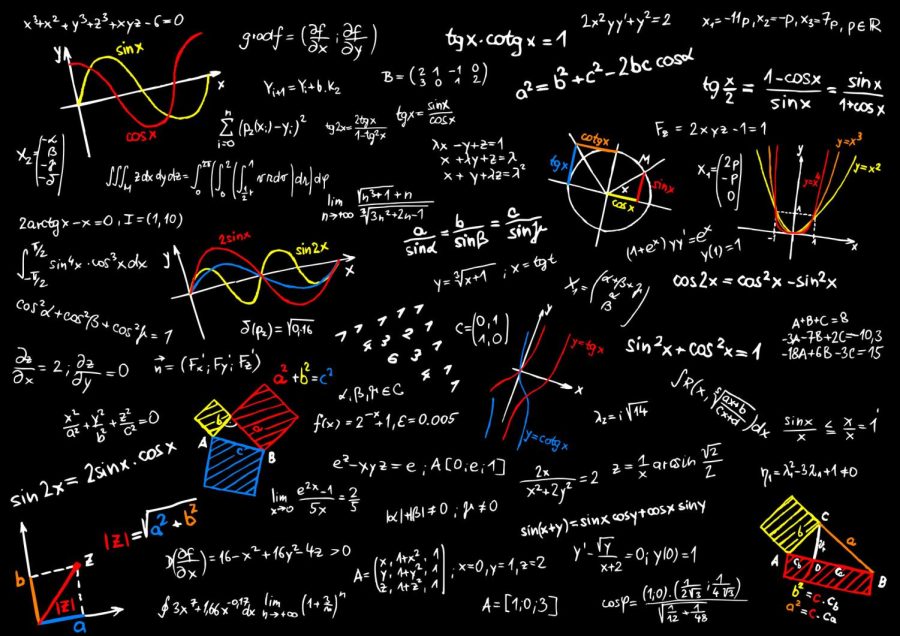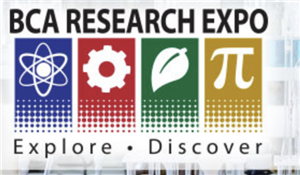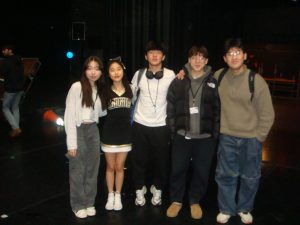Preparations for the 2023 AIME (American Invitational Mathematics Examination)
February 22, 2023
After many awaited weeks, the big news finally arrived to the students at BCA: the cutoff scores for the American Invitational Mathematics Examination (AIME) had come out. For all the students that took the American Mathematics Contest 10 (AMC 10), the top 7% in the country were invited for round two, also known as AIME. The test would require students to engage in a 3-hour examination, answering fifteen difficult math questions. This competition is highly competitive, and students need to have a strong foundation of mathematical concepts to solve these problems. The Academy Chronicle was interested in finding out how the math students were preparing for this big event. We reached out to a few students who have qualified for AIME.
“I solved many problems from past contests,” said Daniel Han, an ATCS sophomore who qualified for the contest this year. “The AMC 10 problems are similar to the ones in AIME, so I also went back and studied those questions.”
Practicing is one of the best ways that students can prepare for the AIME. By doing this, they can familiarize themselves with the format and difficulty level of the questions. This will also help them study the techniques and concepts so that they are prepared during the actual contest. “When practicing, put in an honest effort,” said Mr. Pinyan, a math teacher in BCA, who also helped organize the event. “Put your phone away, and give yourself 30-60 minutes for a problem before you give up and look at solutions. But, even if you get an answer, look at the various solutions because sometimes a clever approach will save you a lot of time and effort, and you want to know how to recognize that clever trick next time.”
Another important aspect of preparing for the AIME is to avoid making small mistakes. One AIME qualifier said that the wording of the problems can be tricky, and not reading the question correctly has lost him a few points in the past. “After getting some problems wrong by misreading the problem, I was so mad at myself. So from then on, I always try to read the question two or three times. This really helped me improve my AIME score.”
Making small mistakes is extremely frustrating. Even if the student is able to solve the problem correctly, a small calculation mistake or answering the wrong part of the question could result in getting the problem wrong. But as he mentioned, this can be solved if the students practice reading the questions carefully and try organizing their calculations neatly.
Additionally, it is a good idea to target the questions you know how to solve on AIME. “My advice to students who are first-time qualifiers is to focus on the early problems and your personal areas of expertise,” said Mr. Pinyan. “Three hours is a lot of time, and perseverance is key. If your first approach doesn’t work, come back to the problem later and try a different idea.”
Finally, we found out that many students are also studying for AIME by taking more advanced math courses. AIME can cover many topics, including calculus, abstract algebra, and number theory. To quickly learn these concepts before the contest, the math team captains had set up meetings with the AIME qualifiers during Math Team to discuss some of these new topics. (Learn more about the Math Team at https://bcamathteam.org!)
Overall, preparing for the AIME takes a lot of time, effort, and dedication. Students need to have a deep understanding of advanced math concepts and be able to think fast in the given three hours. “I hope I can show that I improved,” said Daniel Han. “As long as there is improvement in my AIME score, I won’t be too disappointed.”






